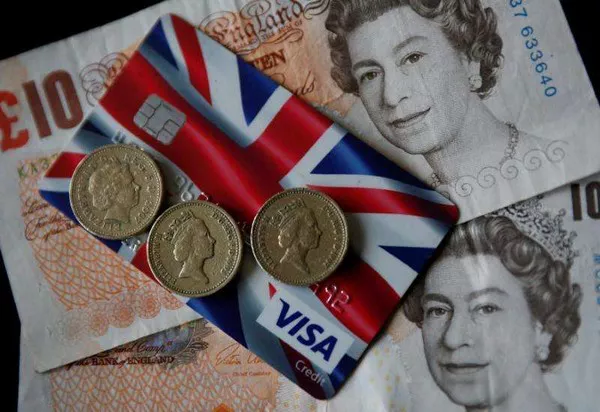In the wake of historical transitions in monarchy, currency often reflects the change in leadership. With the ascension of King Charles III, there arises a curiosity about the coinage that will bear his image and signify his reign. In this comprehensive guide, we delve into the intricacies surrounding the King Charles coin, addressing its availability, design details, value, collectibility, how to obtain it, historical significance, production, circulation, legal tender status, comparison with previous coins, future implications, and frequently asked questions.
Availability of King Charles Coins
As of now, King Charles coins have become increasingly available through various channels. These include official government mints, numismatic dealers, online marketplaces, and even local coin shows. However, availability may vary depending on factors such as location and demand. It’s advisable to check with reputable sources for the most accurate information on obtaining King Charles coins.
Design Details
The design of the King Charles coin holds significance not only for its aesthetic appeal but also for its historical and symbolic representations. Typically, the obverse side features the portrait of King Charles III, while the reverse side may showcase national symbols, historical landmarks, or other motifs relevant to the kingdom. The artist behind the coin’s design may vary depending on the issuing authority, but renowned coin designers and engravers are often commissioned for such prestigious projects.
Value and Collectibility
The value of the King Charles coin encompasses both its face value and its collectible worth. Face value refers to the denomination assigned to the coin by the issuing authority, while collectible value is determined by factors such as rarity, condition, and historical significance. Given the transition in monarchy, King Charles coins may hold particular appeal to collectors interested in royal numismatics, potentially increasing their collectibility and value over time.
How to Obtain
Acquiring King Charles coins can be accomplished through various means. Interested individuals can purchase them directly from official mint websites, numismatic dealers, or authorized retailers. Additionally, special editions or commemorative sets may be released to commemorate significant events or milestones during King Charles III’s reign. It’s advisable to stay informed about release dates and availability through official channels to secure desired coins.
Historical Significance
The transition from Queen Elizabeth II to King Charles III on currency marks a significant moment in history, reflecting the continuity and evolution of monarchy. Coins featuring King Charles III not only symbolize the beginning of a new era but also commemorate the legacy of his predecessors. This transition underscores the resilience and adaptability of the monarchy in navigating societal changes while preserving its heritage and traditions.
Production and Circulation
The production process of King Charles coins involves meticulous craftsmanship and adherence to strict quality standards. Government mints are responsible for minting these coins, employing advanced techniques and technologies to ensure precision and durability. The quantity of coins minted may vary depending on factors such as demand and commemorative occasions. Distribution channels encompass banking institutions, retailers, and collectors worldwide, facilitating widespread circulation.
Legal Tender Status
King Charles coins hold legal tender status, meaning they are recognized by the issuing authority as valid currency for transactions. As such, they can be used for purchases, payments, and other financial transactions within the kingdom. However, it’s essential to note that while legal tender status confers legitimacy, the collectible or numismatic value of these coins may exceed their face value, leading to their preservation and trade among collectors.
Comparison with Previous Coins
In comparison to previous coins featuring Queen Elizabeth II, the introduction of King Charles coins signifies a shift in monarchy and heralds a new chapter in numismatic history. While coins featuring Queen Elizabeth II may evoke nostalgia and historical continuity, King Charles coins represent the contemporary monarchy and its relevance in a changing world. Each coin reflects the distinctive reign and legacy of its respective monarch, contributing to the rich tapestry of numismatic heritage.
Future Coins
Looking ahead, future coins featuring King Charles III may encompass a diverse range of designs and denominations, reflecting significant events, milestones, and cultural motifs during his reign. These coins serve not only as legal tender but also as tangible symbols of national identity and heritage. With advancements in minting technology and design innovation, future King Charles coins are poised to captivate collectors and enthusiasts alike, contributing to the enduring legacy of monarchy in numismatics.
FAQs
Are King Charles coins currently available for purchase?
Yes, King Charles coins are increasingly available through official mint channels, numismatic dealers, and online marketplaces.
What factors determine the value of King Charles coins?
The value of King Charles coins is influenced by factors such as rarity, condition, historical significance, and collector demand.
Can King Charles coins be used for transactions?
Yes, King Charles coins hold legal tender status and can be used for purchases and payments within the kingdom.
Will there be special editions or commemorative sets of King Charles coins?
Yes, special editions and commemorative sets of King Charles coins may be released to mark significant events or milestones during his reign.
Where can I find more information about King Charles coins?
Official mint websites, numismatic publications, and reputable dealers are valuable sources of information about King Charles coins.
See also What Are The Coins Of The Pound Sterling?
In conclusion, the advent of King Charles coins represents not only a transition in monarchy but also a testament to the enduring legacy of numismatics. As these coins find their place in collections and transactions worldwide, they serve as tangible reminders of history, heritage, and tradition, bridging the past with the present and paving the way for the future of royal coinage.


